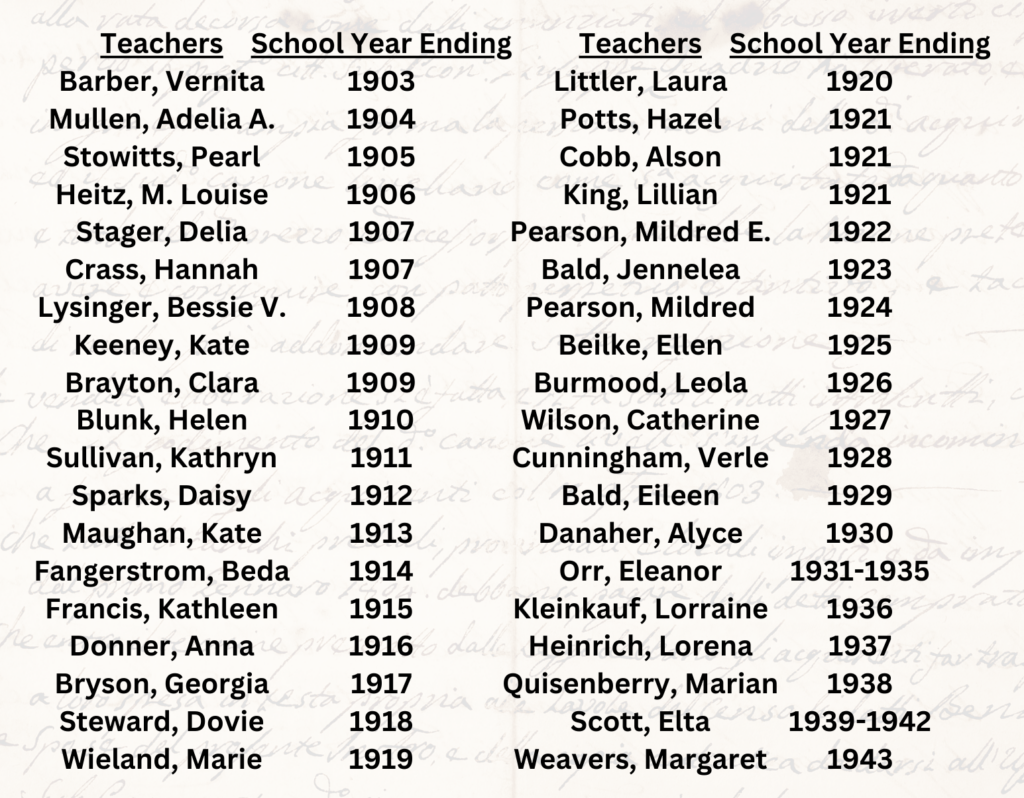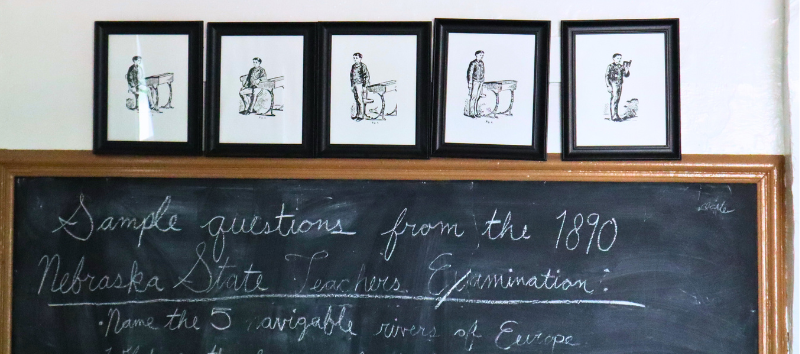
Back to School
1895
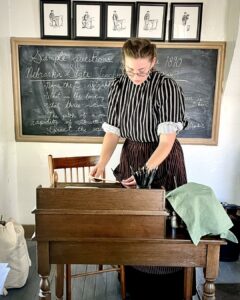
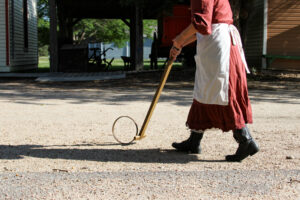 Back to School in
Back to School in
Railroad Town
August 8 & 9, 2025
School days of the past looked a little different than they do today, but the goal was the same – learning! Come test your knowledge against lessons of the past, from spelling to math, reading, and more! (Don’t worry, we’ll have time to play some games during recess, too!)
About Peters School
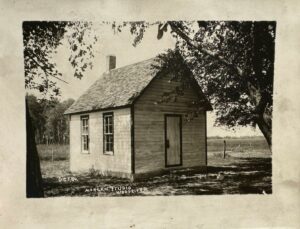 The Peters School in Railroad Town (named for the Julius Peters family, on whose farm it was located) was the former District #80 school building. The schoolhouse was built in 1903 and originally located south of Grand Island on Indian Island, which was located between channels of the Platte River on the Peters farm.
The Peters School in Railroad Town (named for the Julius Peters family, on whose farm it was located) was the former District #80 school building. The schoolhouse was built in 1903 and originally located south of Grand Island on Indian Island, which was located between channels of the Platte River on the Peters farm.
District #80 had its origins with area residents who petitioned the Hall County superintendent of schools to change the size of District #28. The land “situated between the south channel and the north bank of the middle channel of the Platte River” was the description for the new district in September 1901 petitions. The shorter of the two petitions carried only three signatures – the heads of the three families that originally formed the new district–Julius Peters, Fred Stolley, and John Schimmer.
On October 14, 1901 the county superintendent informed Mr. Schimmer of the petition’s success and that the election of a school board was the next step for the families concerned. The first board elected was Fred Stolley, director; Julius Peters, treasurer; and John Schimmer, moderator. Those paying attention will note that this is the same small group who had been the original petitioners.
The district was four miles to the south and southeast of Grand Island. Classes were first held on November 3, 1902 before the schoolhouse had been built. Before a school building was constructed, a small timber claim cabin on the nearby Fred Stolley farm served as a temporary school [this cabin is also now at the museum as the summer kitchen portion of the Stolley house]. The permanent school was built in time for the 1905-1906 school year at the southwest corner of the Julius Peters farm in section 11 of Doniphan Township. Mr. Peters had purchased the farm from the Union Pacific in 1893.
The annual report of the director of the district dated July 1903 is the first on file. The district had received $130 in funds through the county and another $60 from the parents of students. The district expenses from 1902-1903 used $180 of the $190 for pay to the teacher alone. This parental donation continued as late as 1906. The small parcel of land for the school remained part of the Peters farm and was not deeded to the district.
The occasional mention of activities at the school in the local newspaper provides insights into the early years of District #80: “The last day of school in District No. 80, known as the Fred Stolley school, five miles south of town, was observed Friday evening with a basket supper. There was a good attendance, and all enjoyed the program of songs, dialogues and drills given by the pupils, there being only six in number, and all credit is due to Miss Anna Donner for the manner in which the program was given. Following the program, the baskets were auctioned off, and $20.25 was the sum realized. This will be used for various things about the school.” [Daily Independent May 8, 1916]
Between 1903 and 1926 enrollment ranged from 19 students to as low as 3. The district struggled for many years to maintain its student body but eventually, the decline in attendance brought about the end. Last used as a school in about 1950, District #80 was absorbed by Districts #4, 19, 28, 40, and 77 on July 12, 1954.
The building remained on the Peters farm for more than two decades before its removal to the museum grounds in 1978. The establishment of the city well field south of Grand Island prompted museum officials to have the city donate the former school. The building was used for over a decade to demonstrate crafts after arriving to the museum grounds and was later furnished as a school in 1992. Many of the school’s records are now held by the Research Department. A list of teachers for the first 40 years of the school is below:
